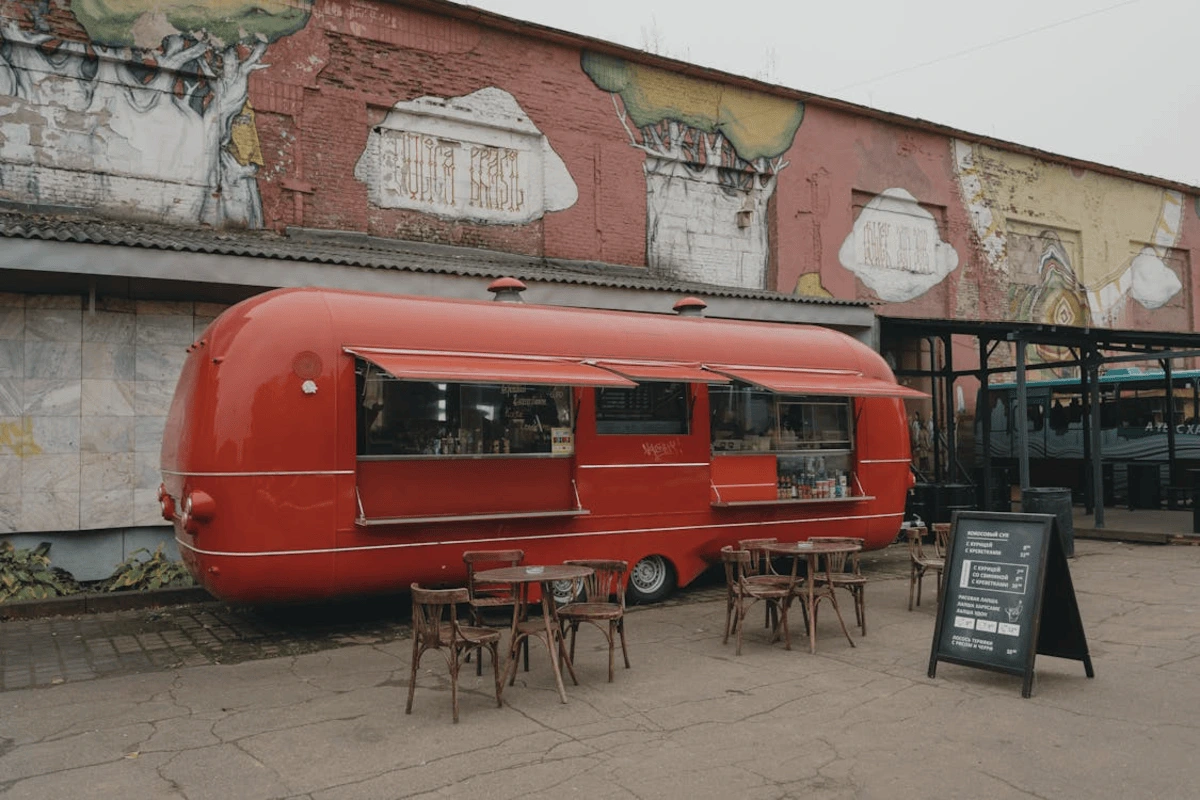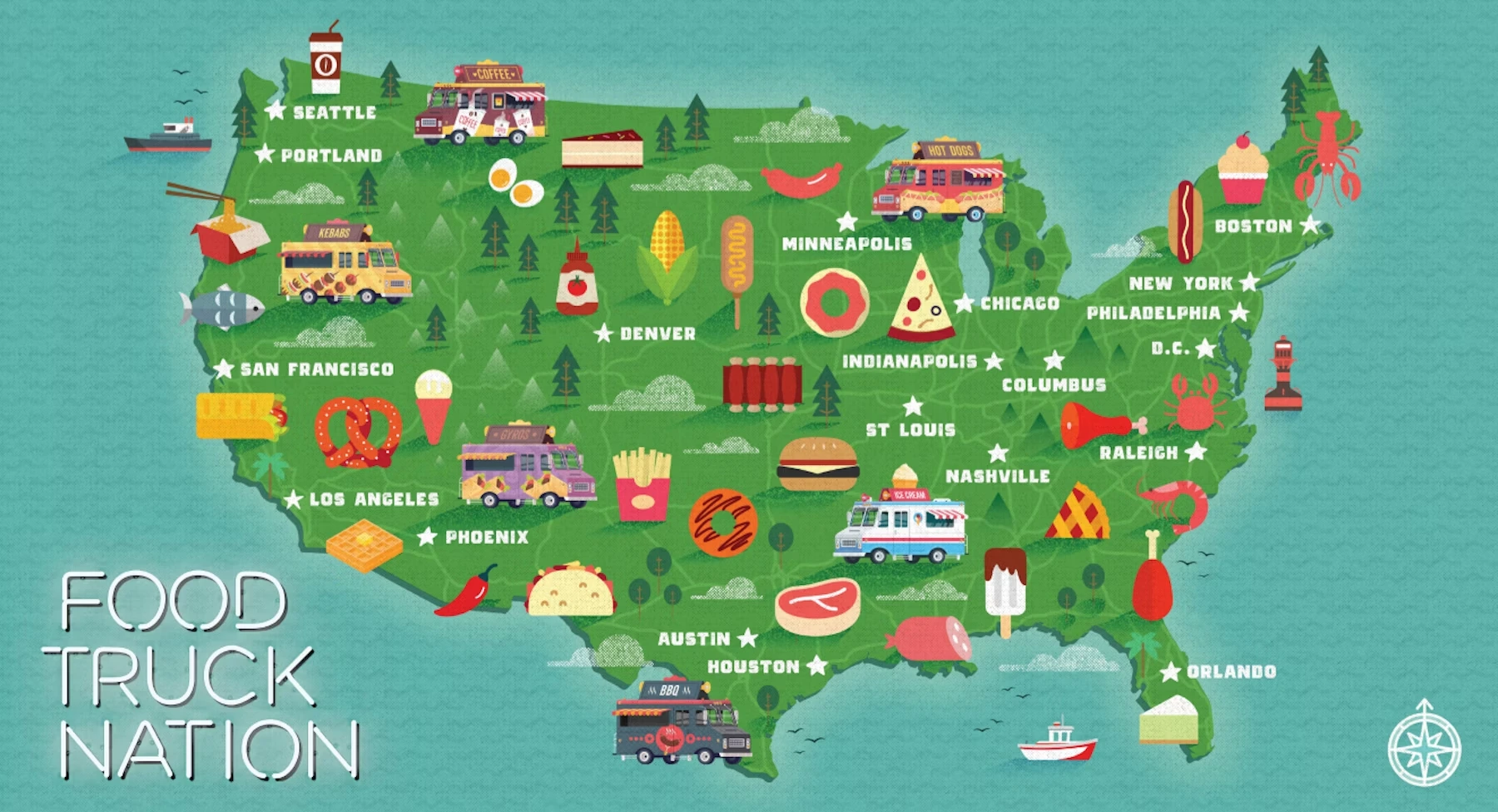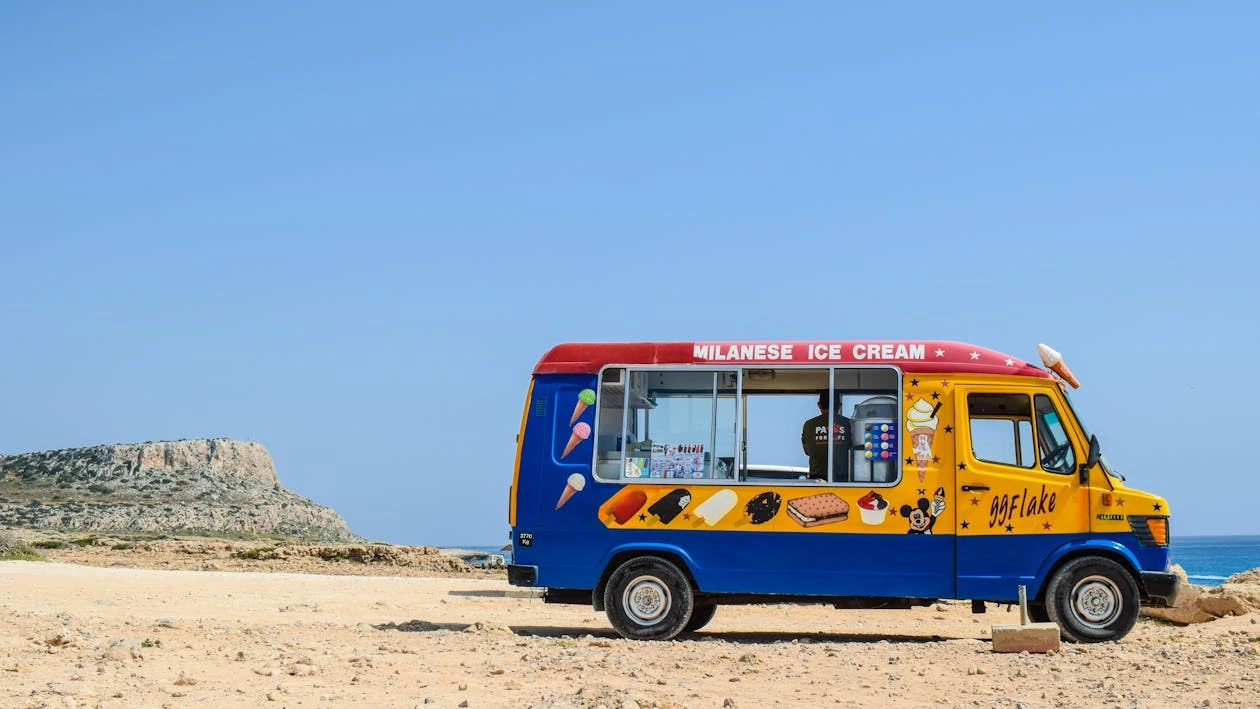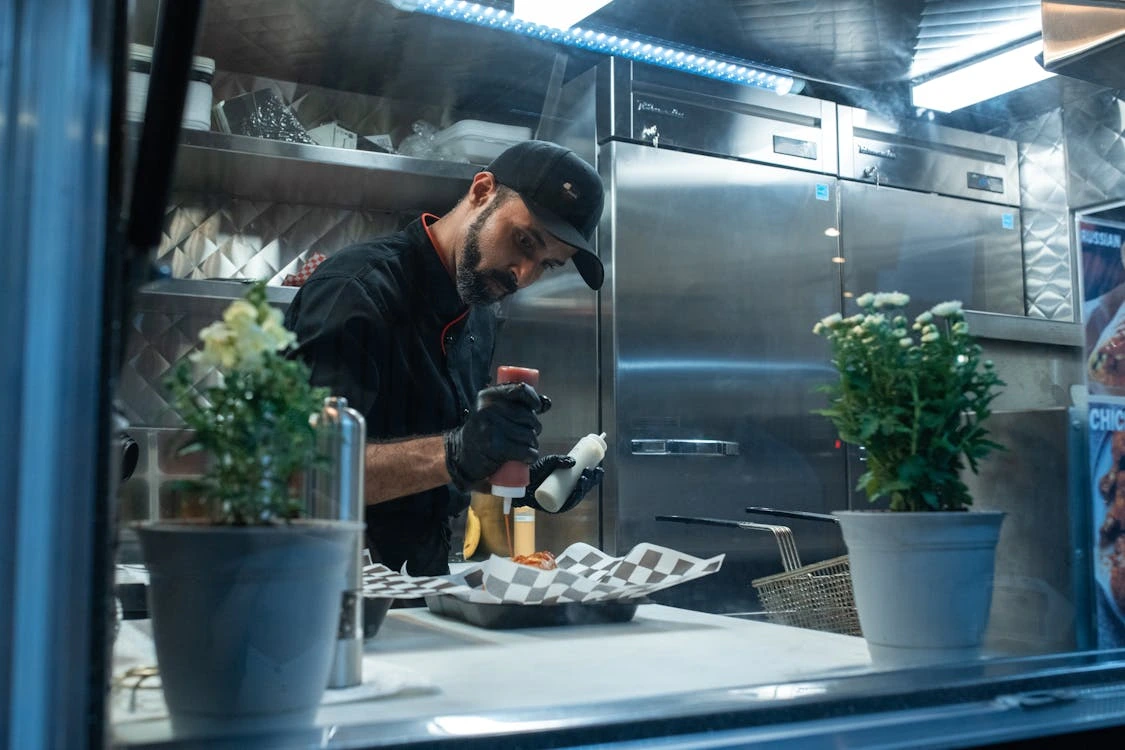What is Food Truck Nation Index? Why Is It Important for Food Truck Owners?

Ever wondered why some cities are booming with bustling food trucks while others barely have any?
If you’ve strolled through Portland or Denver, you’ve likely seen a line of food trucks serving gourmet tacos, Korean BBQ, or artisan coffee. But try doing the same in Boston or San Francisco, and you’ll quickly realize it’s not that simple.
So what’s driving this difference?
The Food Truck Nation Index is a data-driven measure that ranks U.S. cities on how easy or hard it is to start and run a food truck. Created by the U.S. Chamber of Commerce Foundation in partnership with NDP Analytics, this index gets deep into the rules, red tape, and real-world challenges that mobile food entrepreneurs face.
In this blog, we’ll break down what exactly the Food Truck Nation Index is and how it’s calculated. We'll also find out what the rankings reveal about doing business from a truck. Let's get started!
Where Did the Food Truck Nation Index Come From?
You may find the modern food truck wave trendy and new. But do you know that mobile food vending in America actually dates back centuries? Think chuckwagons in the Wild West or hot dog carts on busy city streets.
But the gourmet food truck boom, as you know it, really took off in the late 2000s.
Roy Choi’s iconic Kogi Korean BBQ truck in Los Angeles used social media to draw crowds to fresh, fusion-style tacos. Kogi’s runaway success inspired thousands of entrepreneurs to start food trucks. That was the spark!
Fast forward to 2018: recognizing how popular and impactful this industry had become, the U.S. Chamber Foundation launched the Food Truck Nation report. The goal = spotlighting the local rules and policies that either help or hinder food truck businesses.
What Exactly Is the Food Truck Nation Index?

The Food Truck Nation Index is a comprehensive scorecard that ranks 20 major U.S. cities on how friendly or unfriendly they are to food trucks.
This list is based on real numbers. After all, it measures the hidden costs and complex regulatory journey food truck owners must go through, from licensing and permits to how far they must park from brick-and-mortar restaurants. Relying on POS reports instead of guesswork helps truck owners plan for hidden city costs.
In short, the Index shows how much:
- time
- money
- hassle
… it takes to open and operate a food truck in each city.
Why Does the Food Truck Nation Index Exist?
It was designed to:
- Highlight regulatory burdens so that local governments can see how their policies stack up
- Give entrepreneurs insight into where they might have a smoother ride
- Spark reform by encouraging cities to cut unnecessary red tape and support small businesses.
Simply put, the Food Truck Index is a simple, relatable way to understand “how much friction your local government adds to your entrepreneurial dreams.”
How Is the Food Truck Nation Index Calculated?
Building this index pulls together hundreds of data points from city laws, health codes, permit requirements, fees, and even real-world interviews with vendors.
Here’s how it works:
Step 1: Three Key Categories
The U.S. Chamber Foundation and NDP Analytics divided the regulatory burdens into three core areas:
Getting Started (Entry)

How difficult is it to launch a food truck? This looks at:
- the number of steps
- permits and licenses you need
- how long it takes to get started
- how much you’ll pay in upfront fees
Operations (Restrictions)

Once you’re on the road, what rules control where and when you can sell? Cities often limit:
- how close you can park to restaurants,
- how long you can stay in one spot
- what neighborhoods you can enter
These location and operation restrictions have a big impact on making a profitable kitchen. In competitive cities, some trucks use dynamic pricing to balance demand and operating limits.
Staying Open (Compliance Costs)

What does it cost each year to stay compliant? This includes:
- annual permit renewals
- required inspections
- any other recurring fees that come with keeping your business legal
Step 2: Gathering the Data

The researchers built a model truck:
- $250,000 annual revenue
- $150,000 in wages
- 3 full-time staff
Then, they calculated what it would take to run this model truck in each city:
- How many government offices do you have to visit?
- How much does each permit cost?
- How long does it take to get approved?
- What are the annual compliance expenses?
This method ensured the theoretical comparison was grounded in what a real food truck would face.
Step 3: Creating the Scores
Each city got a score for each category:
- Permitting: Total steps and time required
- Restrictions: How restrictive local rules are on locations and hours
- Costs: Annual compliance costs
Then, they combined these into an overall Food Truck Friendliness Score for each city.
A higher score means a friendlier city. A lower score? You’ll be dealing with more hurdles.
What Do the Rankings Show?
The findings are eye-opening. According to the Food Truck Nation report, the average food truck must complete 45 separate government procedures, takes about 37 business days to get running, and spends roughly $28,276 annually just to stay compliant. Getting your cash flow right is critical when so much money goes toward permits and renewals.
There’s huge variation city to city. Some places are genuinely welcoming to food trucks. But others make it feel almost impossible.
Top 5 Most Friendly Cities
- Portland
- Denver
- Orlando
- Philadelphia
- Indianapolis
5 Most Difficult Cities
- Boston
- Washington, D.C.
- San Francisco
- Minneapolis
- Seattle
Take Boston, for example. A vendor there must go through over many steps and pay nearly $38,000 per year in compliance costs. But if you compare that to Denver, you'll come to know that it’s way fewer steps and much lower fees.
With so much red tape to tackle, using the best food truck POS system can make day-to-day operations smoother and save precious time. Even in cities with hurdles, smart owners turn downtime into growth time.
Why Are These Differences So Big?
Many cities have outdated rules originally designed for pushcarts and sidewalk vendors. They don't suit modern food trucks with high-quality kitchens.
For example, some cities limit where food trucks can park. This forces them to stay a certain distance from brick-and-mortar restaurants. Some others cap how many vendors can operate in a neighborhood or impose burdensome parking time limits.
Does the Index Matter?
Absolutely. Here’s why:
- For entrepreneurs, the Index is a reality check. It can help you pick the right city, or prepare for the challenges in yours, along with coming up with growth strategies.
- For policymakers, it’s a benchmarking tool. Cities can see how they compare and where they need to cut back on red tape to support small businesses.
- For customers, it matters too! More food trucks mean more dining options, more local jobs, and more vibrant neighborhoods.
Wrapping Up
The Food Truck Nation Index, created by the U.S. Chamber of Commerce Foundation and NDP Analytics, ranks U.S. cities on how easy or hard it is to open and run a food truck. It measures three big factors:
- How complex it is to get started (permits, fees, and steps)
- Operating restrictions (like parking rules)
- Yearly compliance costs
Researchers calculate scores using real data and a model truck’s expenses. The Index reveals huge differences: cities like Portland and Denver are food-truck friendly, while Boston and San Francisco pile on red tape.
So, the Food Truck Nation Index is a lens on how well cities support everyday entrepreneurs. It measures the friction. It encourages change. And it helps ensure that our streets stay lively, diverse, and delicious.
Whether you’re in a friendly or tough city, having a POS truck helps you serve customers quickly and manage costs better. Ready to see how it works for your truck? Book a OneHubPOS demo today!
Sahana is a seasoned GTM leader with a passion for building startups. She excels in crafting GTM strategies for tech products, driving revenue growth.









